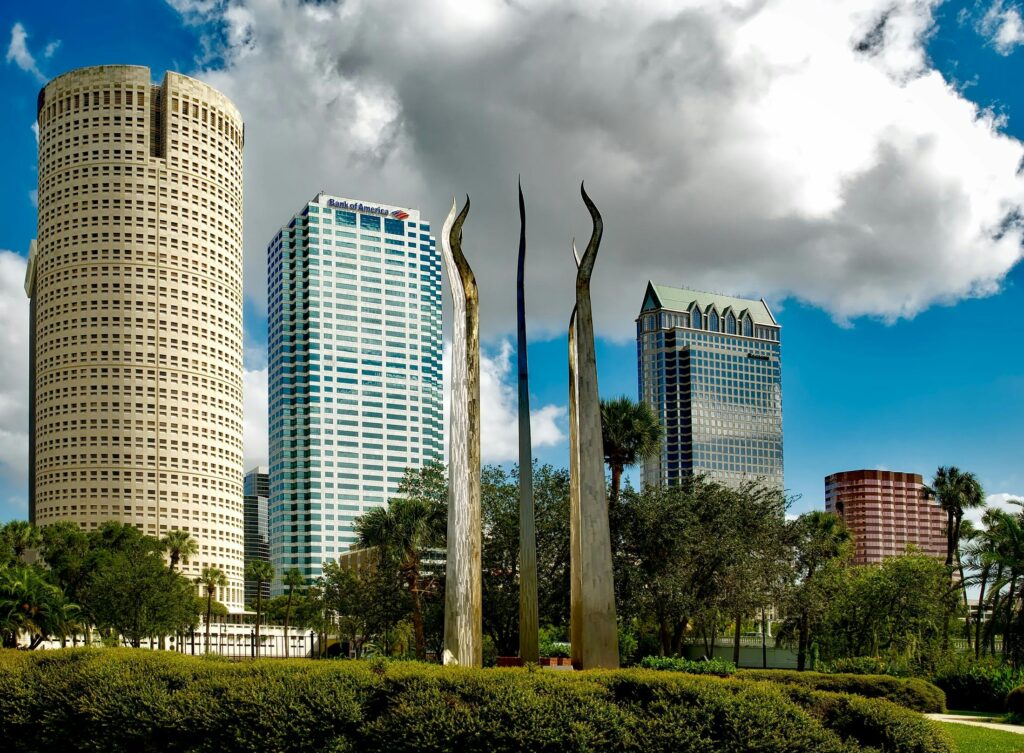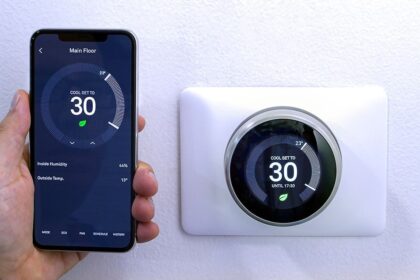Each state has its own regulations, with Connecticut at the forefront.

American wealth is more and more focused on the richest people.
Version 1: In the United States, the wealthiest 1% of families now possess more than one-third of the country's total wealth, which is an increase from 27% in 1989. On the other hand, the bottom 50% of households only have control over a mere 2% of the total wealth, as stated in a 2022 report by the Congressional Budget Office.
The ultra wealthy taxpayers are the ones included in this group. Across the country, households earning $652,657 or more are considered to be among the top 1%. They make over eight times the amount earned by the average household, which is around $75,000. In Florida, a lucky individual won the Mega Millions jackpot worth $1.58 billion, making it the third-largest lottery prize in the history of the United States.
The 1% threshold differs across states, with the range being $953,000 to $368,000. In Illinois, a household must earn $660,810 annually, placing the state at #9 in terms of meeting the requirement.
SmartAsset used IRS and Bureau of Labor Statistics data to find out how much money you need to earn to be in the top 1% of earners in each state.
Key Findings
- Connecticut has the highest floor for the top 1%. You need to earn a whopping $952,902 to be in the top 1% of households in Connecticut – more than any other state in 2023. Massachusetts ($903,401) and California ($844,266) have the second- and third-highest thresholds for entering the top 1%, respectively.
- Washington D.C.'s top 1% earn more than $1 million. If our nation's capital were a state, it would rank No. 1 overall in the study. That's because households aren't considered part of the top 1% if they don't earn at least $1,013,698 in 2023.
- Southern states have the lowest income thresholds. While Northeastern states like Massachusetts and New Jersey have some of the highest income thresholds for the 1%, it takes considerably less income to be considered in the top 1% in many Southern states. For example, residents in West Virginia need just $367,582 to reach the top 1% – the least amount of income across the study. Six of the 10 states with the lowest income thresholds are located in the Southeast.
- Where the top 1% pays the most and least in taxes. Connecticut is home to the highest effective tax rate for top earners (28.4%). On the other hand, Arkansas taxes the top 1% at an average rate of just 21.11% – less than any other state.
- Income thresholds vary in America's four largest states. It takes $844,266 and $776,662 to be in the top 1% in California and New York, respectively. But households in Florida and Texas need to earn much less to be considered among the top 1% – $694,987 and $631,849, respectively.
The Top 10 States for the Top 1%
1. Connecticut
Connecticut is one of two states where households need to earn over $900,000 annually to be in the top 1%. In 2023, the wealthiest households in the state make $952,902, which is $300,000 higher than the national average. Additionally, the top 1% in Connecticut pays the highest effective tax rate in the study at 28.4%.

2. Massachusetts
In Massachusetts, households that earn a minimum of $903,401 annually are part of the top 1%. This group faces a 27.15% effective tax rate, which ranks as the fourth highest in the study. Looking at a broader perspective, households must earn at least $347,809 per year to be included in the top 5%. This threshold is the highest among all states.

3. California
California, the most densely populated state in the nation, imposes the third-highest income threshold for its top 1% of taxpayers. As of 2023, households with an annual income of $844,266 or more fall into this elite category. On average, these affluent individuals are subject to a tax rate of 26.95%.

4. New Jersey
In New Jersey, a yearly household income of $817,346 is required to be among the top 1%. Taxpayers in the highest income bracket pay an average effective tax rate of 28.01% – ranking as the third highest in the study. Additionally, New Jersey sets the second-highest threshold for the top 5% at $333,114.

5. Washington
Washington is the last state where households need to earn a minimum of $800,000 annually to be classified in the top 1%. In Washington, households earning $804,853 are part of the top 1% in 2023. These affluent individuals are subject to an average tax rate of 25.99%, partly due to the absence of state income tax in Washington.

6. New York
In 2023, individuals residing in New York who earn more than $776,662 are classified as part of the top 1%, whereas the threshold for the top 5% is notably lower at $276,092. The average tax rate for the top 1% of taxpayers in the state of New York stands at 28.29%, ranking as the second-highest nationwide.

7. Colorado
To be classified in the top 1% of taxpayers in Colorado in 2023, you must earn a minimum of $709,092. This group of high-income earners faces an average tax rate of 25.86%, which ranks as the 11th highest among all states studied. Interestingly, in order to reach the top 5% income bracket in Colorado, you need to earn more than in New York, specifically $293,083.

8. Florida
Florida, similar to Washington, is among the nine states that do not impose income taxes. Consequently, the highest-earning 1% of households in the Sunshine State face an average tax rate of 25.82%, which is lower than that of 12 other states. Achieving the top 1% status in Florida requires households to earn $694,987 in 2023. On the other hand, the income threshold for entering the top 5% is significantly lower at $242,996, which is less than the threshold in 17 other states.

9. Illinois
In Illinois, households need to make a minimum of $660,810 to be considered part of the top 1%. Individuals at the highest income bracket in the state are subject to an average tax rate of 26.35% – ranking as the fifth highest in the study.

10. New Hampshire
The wealthiest 1% of households in New Hampshire make a minimum of $659,037 in 2023 and are subject to an average tax rate of 26.25%. Despite not taxing income from wages or salaries, the state imposes a 5% tax on earnings from interest and dividends.

Data and Methodology
The study examined 2020 IRS data for individual tax filers to calculate the income required to be among the top 1% of earners in every state. The figures were converted to May 2023 dollars by utilizing the Bureau of Labor Statistics' Consumer Price Index for All Urban Consumers (CPI-U) U.S. city average series for all items, without seasonal adjustments.













